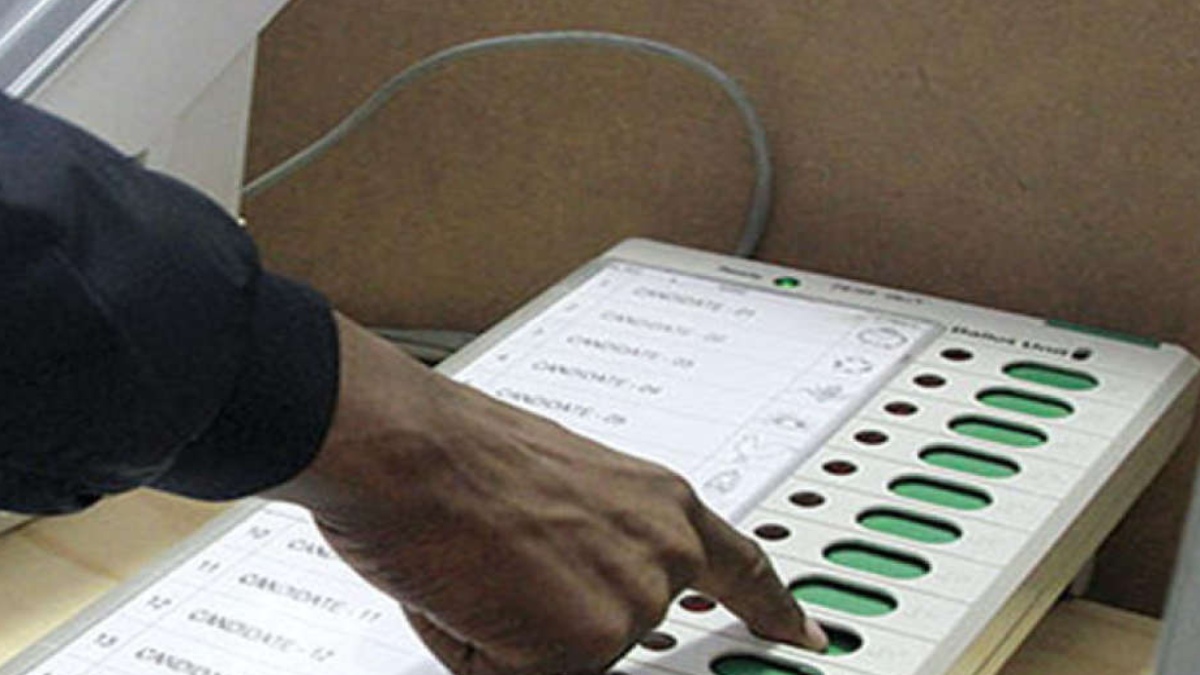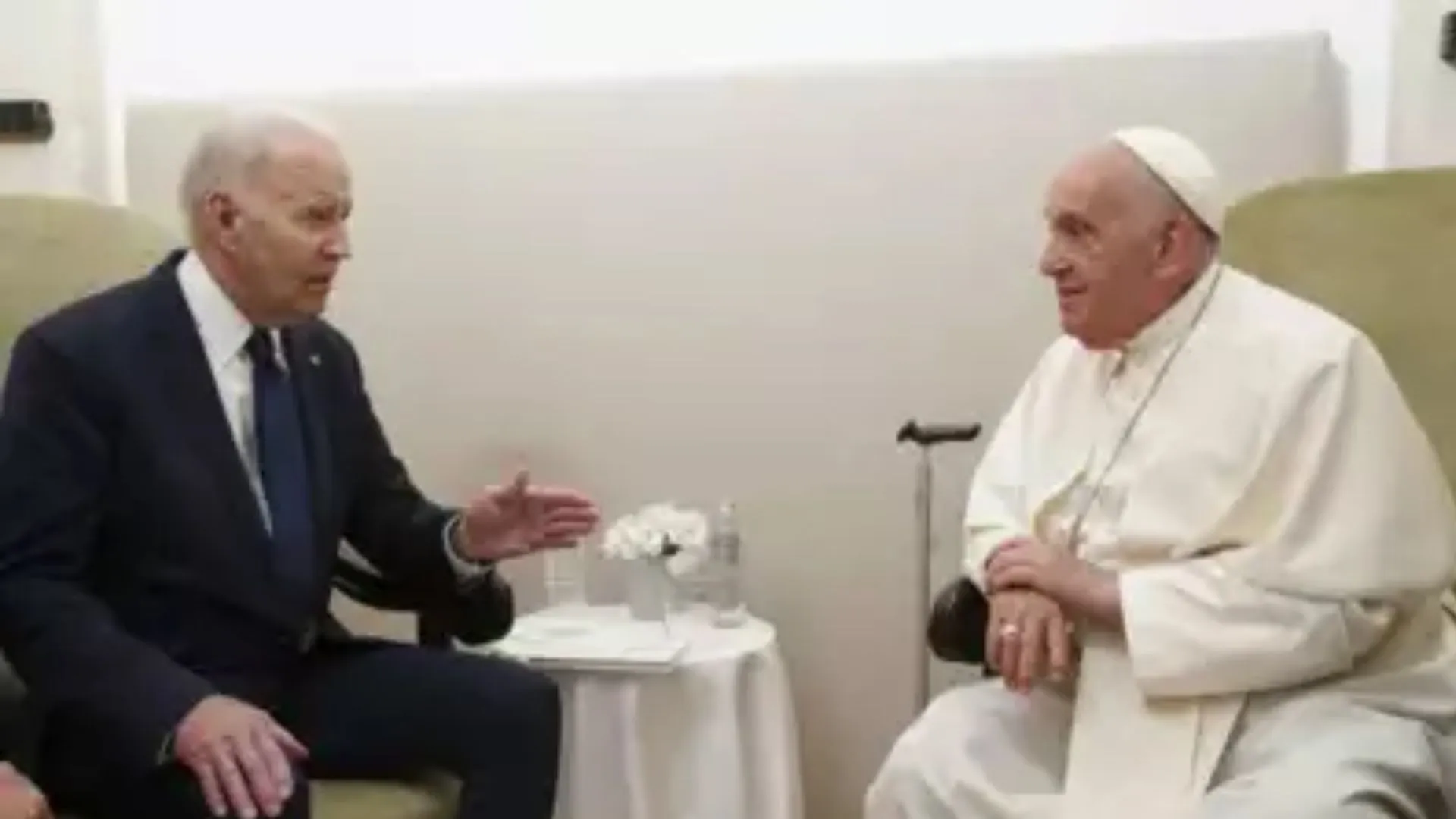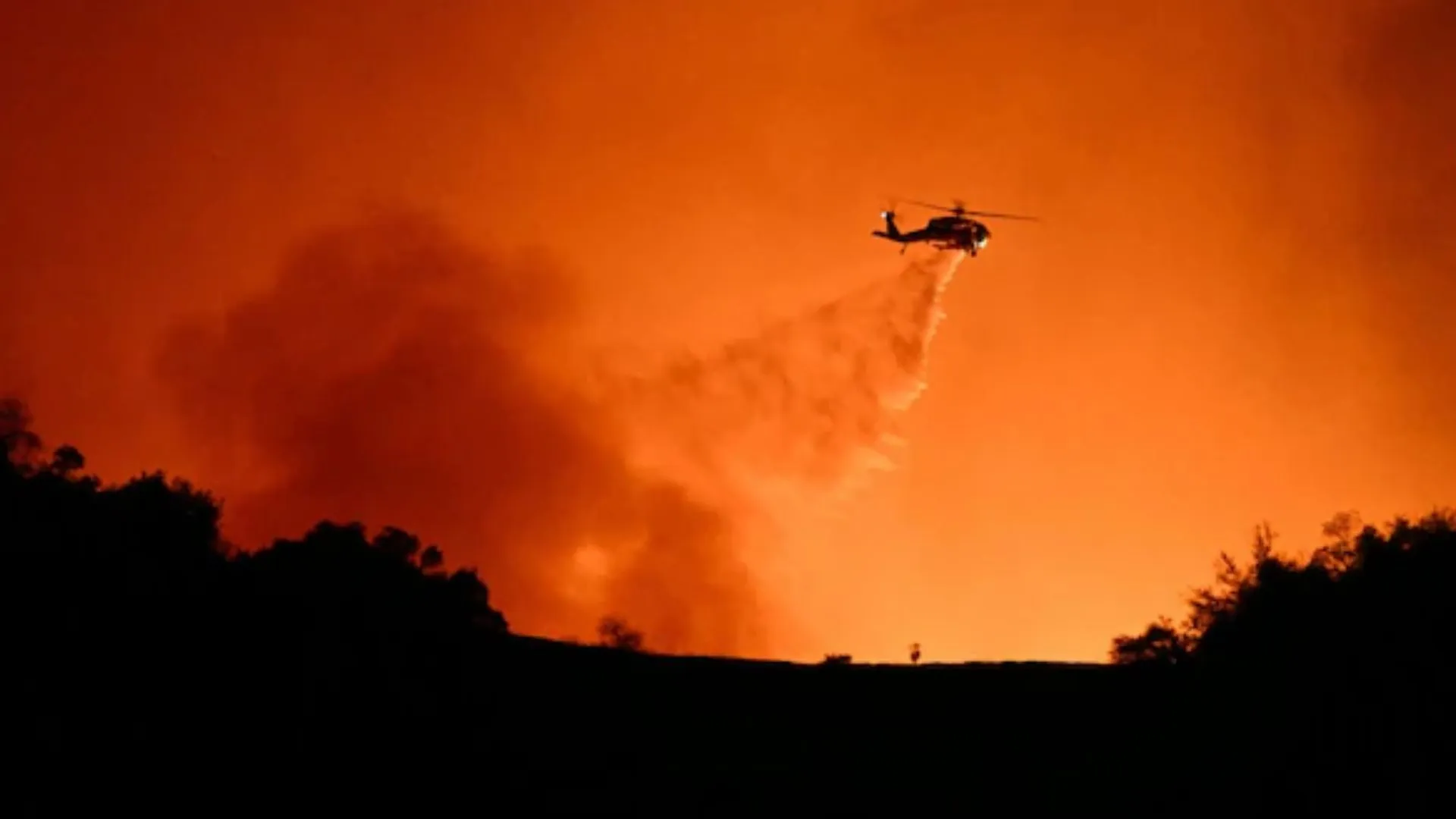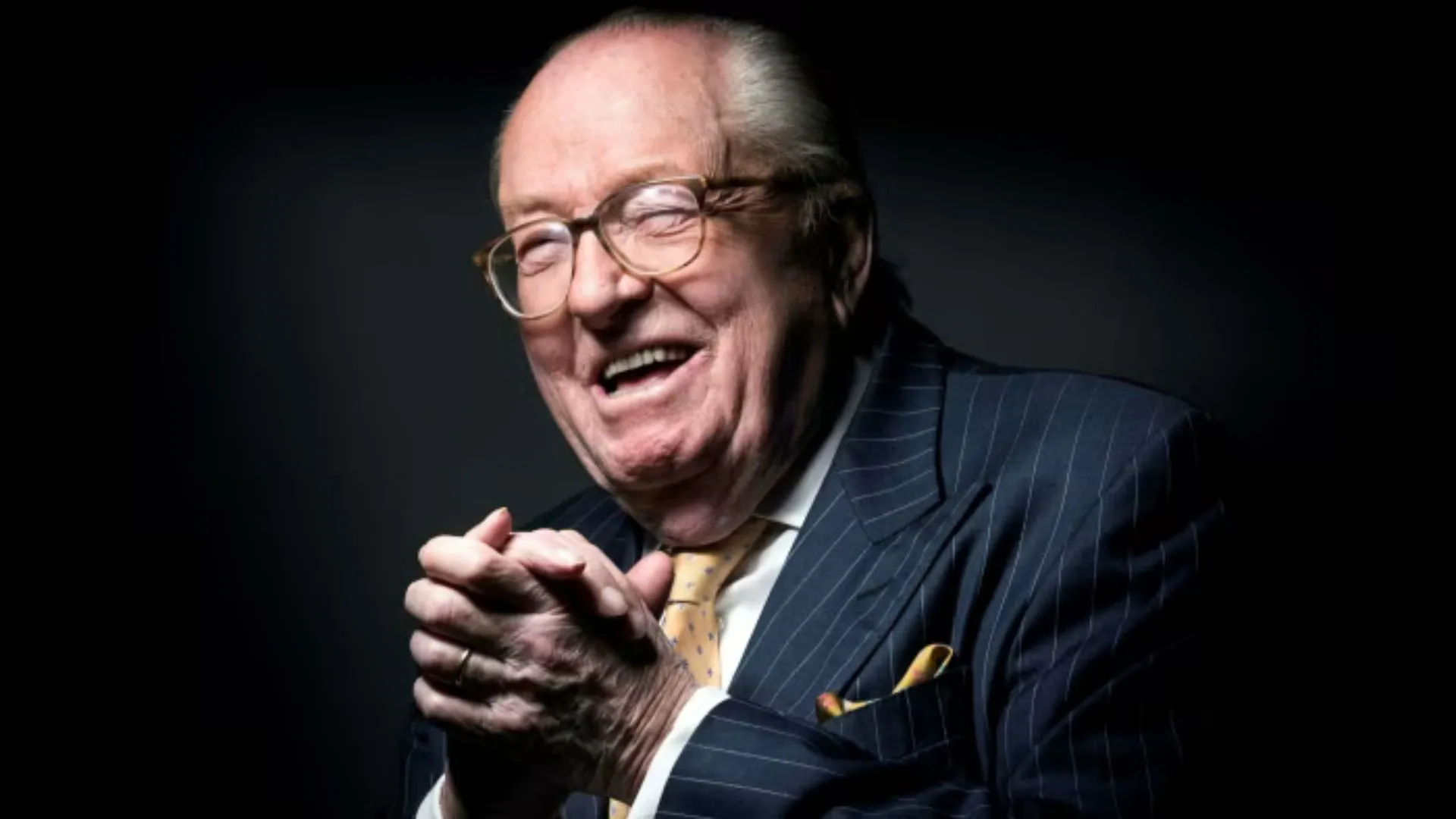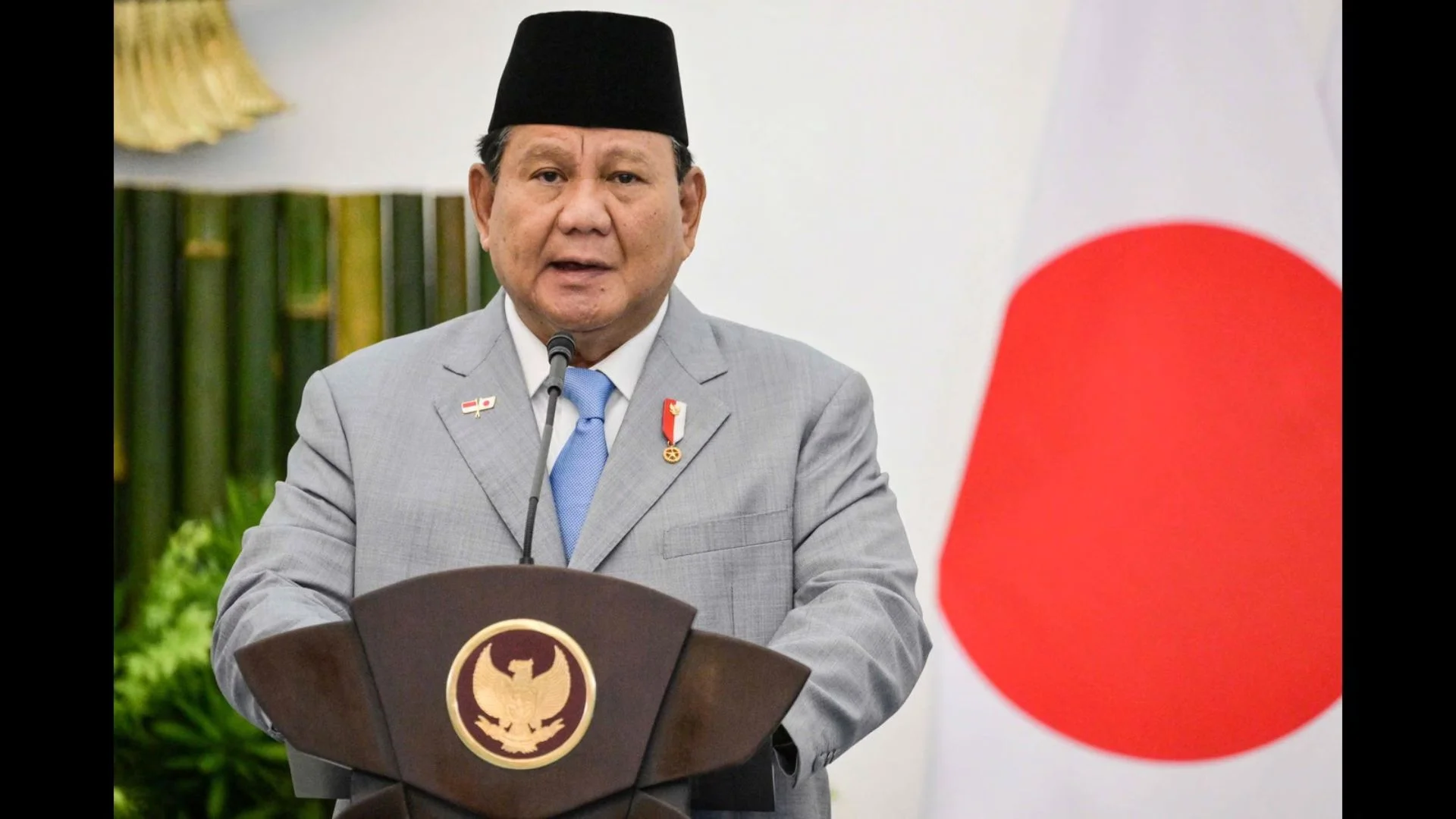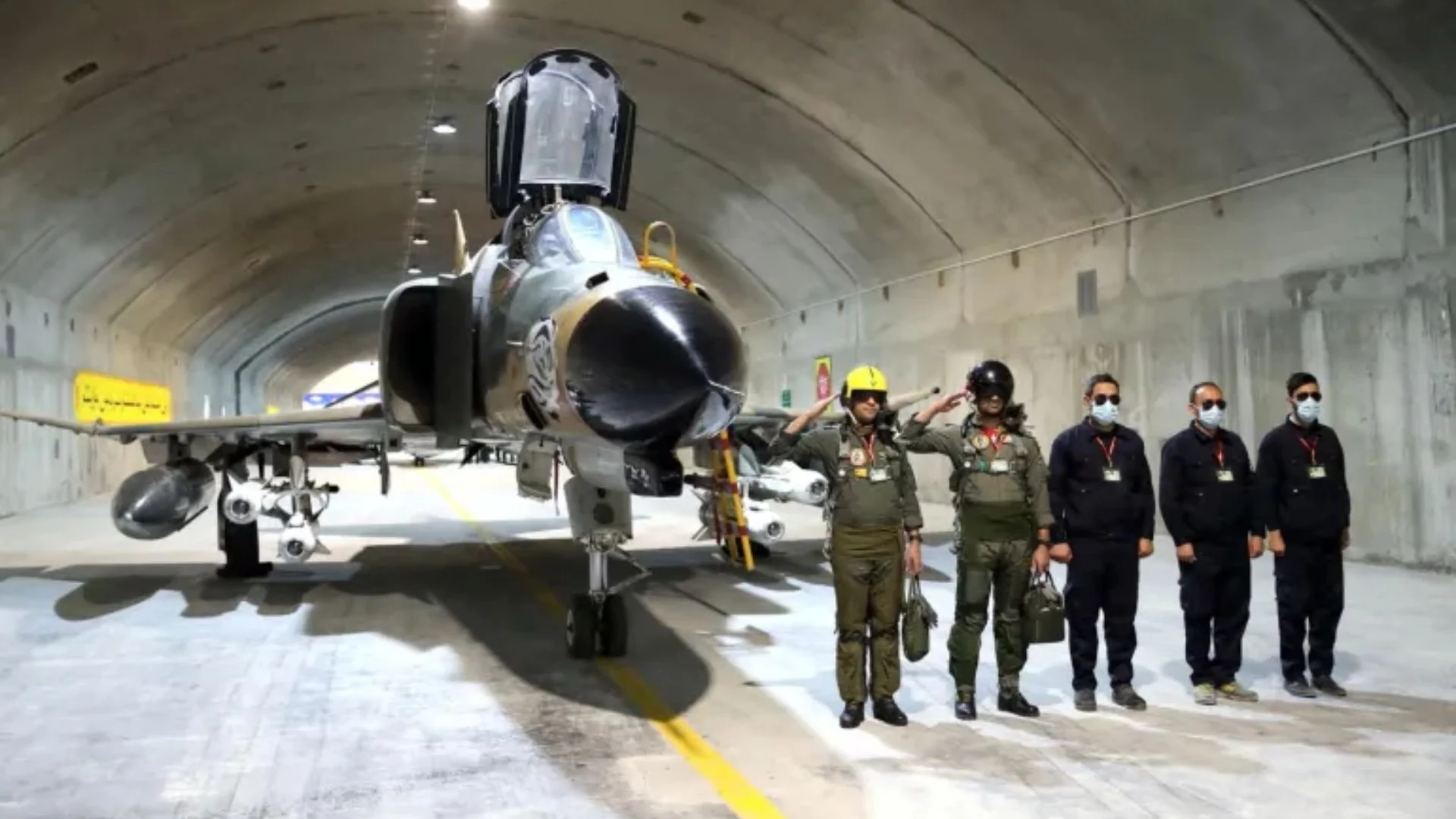The extravaganza of expenses at the UP assembly elections is nobody’s guess. The sum is supposed to be whopping. This election, campaigning is becoming more innovative, direct-to-voter, expensive and with doubtful probity.
The parties are sweating for having intricate ‘personalised contact’ with the voters in their den apportioning 25 percent of their budget.
The cost was Rs 5500 crore in the 2017 UP elections, according to Centre for Media Studies (CMS). And this is likely to surpass Rs 8000 crore in the 2022 UP elections, according to reports. Being the supposed gateway to Delhi in 2024, stakes in UP remain high and so are spending. In the West Bengal elections in 2021, the publicity expenses were estimated around Rs 500 crore.
It is raining money for news channels, event managers, poll organizers as political parties open up their coffers to net each vote. The note for the vote itself has a huge cost.
The EC spent Rs 46 in 2014 up from 10 Rs 1951 per voter. With inflation and multiple phases of polls it is ought to increase. The CMS estimates that each vote costs about Rs 700 in 2019
Various newspapers and sites report that the media campaign expenses are to surpass Rs 8000 crore, on November 19, 2021, quoting “industry sources”. It was apparently an organized briefing but all presented as if it was their exclusive.
According to Carnegie Foundation, Indian elections in 2019 cost $ 5 billion and the US presidential poll $ 6.5 billion in 2016.
Around Rs 55,000 crore, or $8 billion, was spent nationally during the 2019 Lok Sabha elections, according to CMS. The report suggests that the maximum amount—roughly a third of the total expense—was spent on campaigning and publicity. The second largest was putting money directly in the hands of the voter. CMS estimates that roughly 25 percent, about Rs 15,000 crore, was distributed among voters. About 10 to 12 percent voters acknowledge receiving cash.
In UP, many parties are reportedly giving special emphasis on poor minority votes, other deprived people, and wherever possible helping enlist them for various official benefits like PM housing. The free food dole has cost the state Rs 2 lakh crore though it is not linked to cash for vote, it is believed to sway psyche of some voters.
Almost all political parties started their campaigning about three months or more before EC announces dates. Most of these expenses at meetings, rallies, march; roadshows also have heavy costs and are not part of the expenditures filed with the EC. The opposition complains that the ruling party has advantages of using official machinery, transportation, and other paraphernalia to organize their poll-oriented meetings, inaugurations, or launchings of programmes “to woo the voters”. Surprisingly, no party after coming to power acts to prevent it and they also indulge in similar practices.
As far as political parties are concerned, in the 2017 UP assembly elections, BJP showed an expenditure of Rs 111 crore, Congress Rs 18.47 crore. The individual candidates spent as per EC norms Rs 28 lakh, which in 2022 has been increased to Rs 40 lakh. This will be additional about Rs 193 crore gross spending by average four major party candidates in each of the 80 constituencies. Smaller parties and independents would be incurring extra.
A major chunk in UP is being spent on the TV news channels supposedly about Rs 3200 to 3600 crore. Some new news channels have also been launched during this period like Times Now Navbharat and many mushrooming on social media. These small but screaming sites on YouTube and news portals draw viewers and are major beneficiaries.
Apart parties are spending on targeted perky vitriolic campaign messages through various social sites. The anonymous hate campaigns largely escape the watchful eyes of EC or other authorities. The ‘personalised’ messages have greater reach and have multiplier effect as viewers share with acquaintances.
There are also costs on party volunteers fanning out to remote areas for direct voter meets. The richer and more organized parties are apparently spending more through their campaign managers and small groups. Such campaigns establish dialogue and also give an assurance to the voters that they would have access even after the polls with their ‘bhaiyyas’, ‘bhaisahabs’ and ‘dadas’ or ‘taus’. The evolving poll method is more expensive than organized meets but supposedly more effective. The live contacts become useful on the polling day to drive them to the booths.
These expenses neither go into the individual candidate expenses nor official party accounts. These individual meets, door-to-door interactions, special lunches, liquor and more ‘touch’ the hearts and give rich dividends. In some cases, the more influential voters are given individual or family bonanzas like visit to attractive tourist or pilgrim destinations, a party manager says.
Yes, campaigning is becoming complex, personalized, and expensive. Inflation at 6 percent retail and 13 plus percent wholesale adds to the burden. Parties complain but each time they spend more. About Rs 6.19 thousand crore electoral bonds (EB) funding between 2017 and 2019 and small donations, this is not a constraint. The BJP has Rs 4.21 thousand crores of it. The Association of Democratic Reforms (ADR) says combined assets of 48 national and regional parties stand at Rs 7372 crore.
In 2019, ADR says, BJP spent Rs 763.31 crore, Congress Rs 488.97 crore, and BSP Rs 55,39 crore.
The Congress spent more for publicity Rs 402.91 crore followed by BJP Rs 376.62 crore. It is evident that the expenses are for organized publicity and what is being done at other plains may not be finding its reflections in accounts.
Since the stake is high in UP, expenses are to be more. The BJP spent Rs 252 crore in five elections to Bengal, Assam, Kerala, Tamilnadu and Puducherry. Trinamool spent Rs 154 crore in Bengal polls. Total funds collected by 19 political parties for the polls in 2021 was Rs 1,116.81 crore and total expenditure incurred was Rs 514.30 crore.
The CMS says that publicity expenses comprise 35 percent of the gross, direct voter expenses 25 percent – an emerging ethical issue, formal to EC 20 percent and miscellaneous 10 percent. Thus there is a large 80 percent gap between the officially projected figures and the actual.
The rising campaign expenses raising eyebrows on ethicality pose a challenge to political probity.

